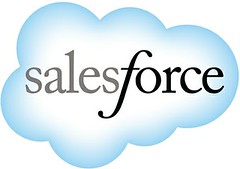The email sent will contain a link to this article, the article title, and an article excerpt (if available). For security reasons, your IP address will also be included in the sent email.

This is a guest post written by Claude Johnson, a Lead Site Reliability Engineer at salesforce.com.
The following is an architectural overview of salesforce.com’s core platform and applications. Other systems such as Heroku's Dyno architecture or the subsystems of other products such as work.com and do.com are specifically not covered by this material, although database.com is. The idea is to share with the technology community some insight about how salesforce.com does what it does. Any mistakes or omissions are mine.
This is by no means comprehensive but if there is interest, the author would be happy to tackle other areas of how salesforce.com works. Salesforce.com is interested in being more open with the technology communities that we have not previously interacted with. Here’s to the start of “Opening the Kimono” about how we work.
Since 1999, salesforce.com has been singularly focused on building technologies for business that are delivered over the Internet, displacing traditional enterprise software. Our customers pay via monthly subscription to access our services anywhere, anytime through a web browser. We hope this exploration of the core salesforce.com architecture will be the first of many contributions to the community.
Definitions
Let’s start with some basic salesforce.com terminology:














 Return to Article
Return to Article